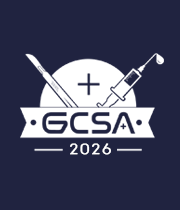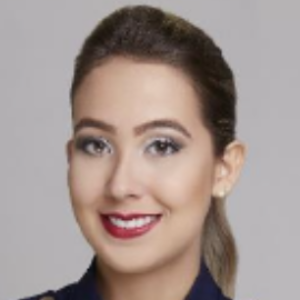Title : Traumatic neuroma In Impacted third molar and the use of computed tomography for Evaluation of lower alveolar nerve: Analysis of the literature and case report
Abstract:
Introduction: It is known that traumatic neuroma is caused due to the proliferation of a nerve, consequent by a rupture of its ligaments after surgery and/or injury to the head and neck region. It is diagnosed, above all, in middle age and shows a predilection for the female sex. Clinically it presents as a firm nodule so painful that it is usually seen in the area of the mentonian foramen, tongue, and lower lip. The extraction of third molars is frequent, especially when it comes to the lack of space in them. The inferior scans may be related to the lower alveolar nerve, contributing to the increase of nerve injury during surgery. However, the use of complementary imaging tests is essential for prevention.
Objective: The objective of this study is to report the clinical case of a patient who developed a traumatic neuroma in the right mandibular region after exodontia of the third molar.
Case Report: Female patient, 26 years old, sought the Ambulatory of Maxillofacial Surgery and Traumatology Service at the Federal University of Pernambuco, reporting a loss of sensitivity of the right lower lip. During anamnesis, the patient reported that she had undergone an exeresis surgery of impacted teeth 3 years ago. On imaging (panoramic) examination, it presented a rupture of the right lower alveolar nerve associated with a radiolucent mass. The patient underwent an incisional biopsy confirming the diagnosis of a traumatic neuroma. Therefore, it is noted the importance of effective and accurate radiographic evaluation before extractions of the third molars, in order to avoid complications during surgery. Among the most used complementary tests are panoramic radiographs and tomographies, with their specific indications for different situations. The panoramic is very useful in identifying the anatomical variations presented by the mandibular canal. On the other hand, tomography is more efficient because it provides the image with a lower degree of distortion and three-dimensional, in addition, it has a lower radiation dose.
Conclusion: Computed tomography evaluation is important to highlight the nerves and thereby not injure them during extraction. It has been the most effective measure found today and consists of the correct diagnosis, and anatomical and technical knowledge of the professional. The patient underwent an incisional biopsy confirming the diagnosis of a traumatic neuroma. Therefore, it is noted the importance of effective and accurate radiographic evaluation before extractions of the third molars, in order to avoid complications during surgery.



